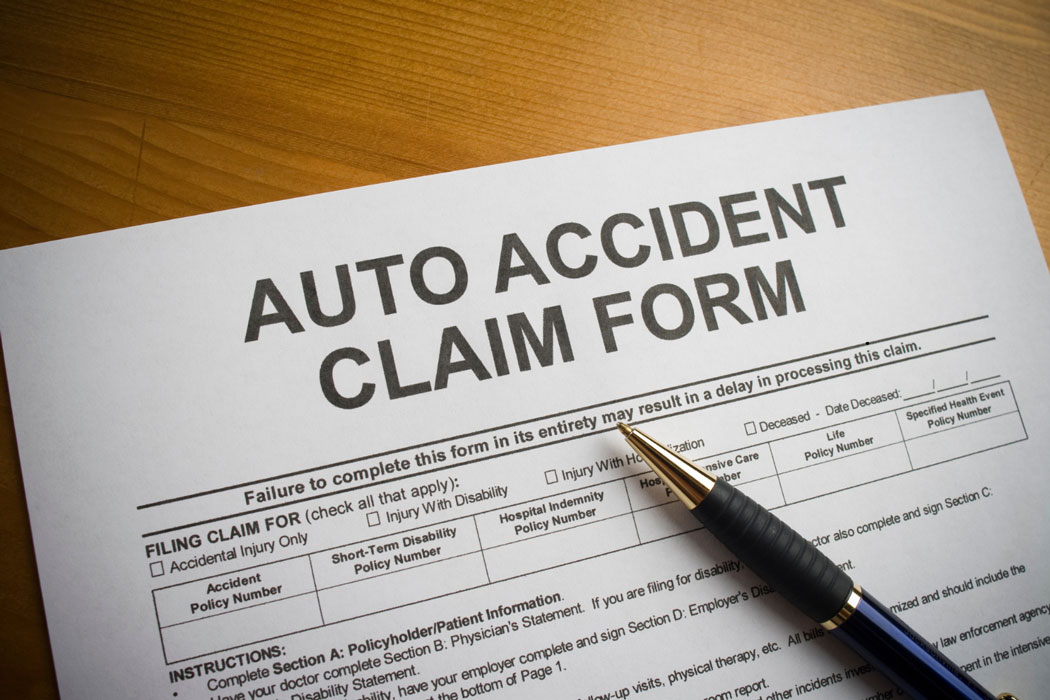How to File an Auto Insurance Claim Without Errors

Filing an auto insurance claim might seem straightforward, but small mistakes can lead to delayed payouts, reduced settlements, or even denied claims. Knowing how to file correctly—and what pitfalls to avoid—can make the difference between a smooth experience and a frustrating process.
Whether you’ve been in a minor fender bender or a serious accident, this guide walks you step by step through the claims process so you can protect your finances, get the payout you deserve, and avoid costly errors.
Step 1: Prioritize Safety and Medical Attention
Before anything else, check for injuries and get medical attention if needed. If the accident is minor and no one is hurt, move your vehicle to a safe spot to prevent further risk.
Call 911 if:
- Anyone is injured
- There’s significant damage
- The other driver refuses to cooperate
A police report provides an official third-party account of the event—which is extremely helpful when filing a claim.
Step 2: Gather Information at the Scene
The accuracy and completeness of the information you collect can directly impact your claim. Here’s what to record:
- Full names, contact info, and driver’s license numbers of all drivers
- License plate numbers and vehicle makes/models
- Insurance company names and policy numbers
- Date, time, and exact location of the accident
- Photos of damage, injuries, road conditions, and the full scene
- Names and contact info of any witnesses
If law enforcement responds, ask for the case number and officer’s name. Many insurance companies require a police report, especially for serious claims.
Step 3: Contact Your Insurance Company Promptly
Most insurers encourage filing a claim as soon as possible—some even require it within a specific window. When you report the incident, be ready with the facts:
- Your policy number
- What happened (stick to the facts—avoid assigning blame)
- Photos and documentation from the scene
- Police report details, if available
Many insurers allow you to begin the process online or via a mobile app, but it’s a good idea to follow up by phone as well.
If you haven’t chosen an insurer yet or want to ensure you’re working with a company that handles claims efficiently, use trusted platforms like EasyAutoPolicy or Insure.com to compare customer satisfaction ratings and claims support.

Insure.com
✅ Trusted Auto Insurance Experts
✅ Compare Top Carriers
✅ Quick & Simple Form
Ranked #1
Step 4: Understand What Your Policy Covers
Before filing a claim, make sure you understand your coverage:
- Collision covers damage to your vehicle caused by impact
- Comprehensive covers non-collision events like theft, fire, or weather
- Liability covers damages to other people’s property or injuries you cause
- Uninsured/underinsured motorist coverage protects you if the other party has inadequate insurance
If you’re unsure about your deductible or coverage limits, now’s the time to ask. Filing a claim that’s below your deductible won’t result in a payout, and filing unnecessarily can affect your future rates.
You can also use AutoQuoteGuide to explore options for improving your coverage in the future.
Step 5: Avoid Common Claim Filing Mistakes
Here are the most frequent missteps people make when filing auto insurance claims—and how to avoid them:
Not collecting enough evidence: Without photos, witness statements, or a police report, your claim may be weakened or denied.
Admitting fault at the scene: Let your insurer and the authorities determine responsibility. Stick to factual statements.
Delaying the claim: Waiting too long to report can delay processing and may even result in denial.
Filing unnecessary claims: For very minor damage, paying out of pocket might be smarter—filing too many claims can raise your premiums.
Exaggerating damage: Always be truthful. Overstating damage is considered insurance fraud and can void your claim entirely.
Step 6: Work with the Adjuster
After you file your claim, your insurance company will assign a claims adjuster to assess the damage. They may:
- Inspect your vehicle
- Review photos or repair estimates
- Interview you or witnesses
- Contact third-party providers (body shops, medical providers)
Be cooperative and transparent. Provide everything requested in a timely manner and follow up if you don’t hear back.
Want an insurer known for smooth claims processes and responsive adjusters? Compare experiences using CoverageProfesssor.
Step 7: Get Repair Estimates and Authorize Work
Your insurer may direct you to a preferred repair shop, but you usually have the right to choose your own. Be sure to:
- Get multiple estimates if possible
- Verify whether the shop works directly with your insurer
- Understand whether repairs are guaranteed (some insurers offer lifetime guarantees when you use their partners)
Keep all receipts and documentation for your records and future reference.
Step 8: Pay the Deductible
If your claim is approved under collision or comprehensive coverage, you’ll need to pay your deductible before insurance covers the rest.
If your deductible is high and you weren’t prepared, it can create a financial strain. This is why it’s essential to reassess your deductible when renewing your policy. Use tools like Insure.com to compare premium savings versus deductible costs so you can strike the right balance.
Step 9: Track the Status and Follow Up
Claims don’t always process overnight. Stay proactive by:
- Keeping records of all communication
- Checking on status updates regularly
- Asking questions if the timeline feels delayed
Most claims are resolved in 7–30 days, depending on complexity. If repairs take longer, stay in contact with both the shop and the insurer to avoid surprises.
Final Thoughts: Filing Claims the Smart Way
Filing an auto insurance claim doesn’t have to be stressful. By staying calm, organized, and informed, you can avoid common mistakes and ensure your claim is processed quickly and fairly.
The right insurance provider can make a world of difference in how your claim is handled. Before you ever need to file, make sure you’re with a company that delivers fast, hassle-free service. Use AutoQuoteGuide, EasyAutoPolicy, and CoverageProfessor to compare policies, rates, and real user reviews—and get the coverage that won’t leave you hanging when you need it most.
Explore Our Categories

Credit Cards

Debt

Loans

Insurance

Retirement

Home Buying

Investing

Taxes

Auto Quote Guide
✅ Multiple Carrier Matches
✅ No-Obligation Options
Ranked #2

